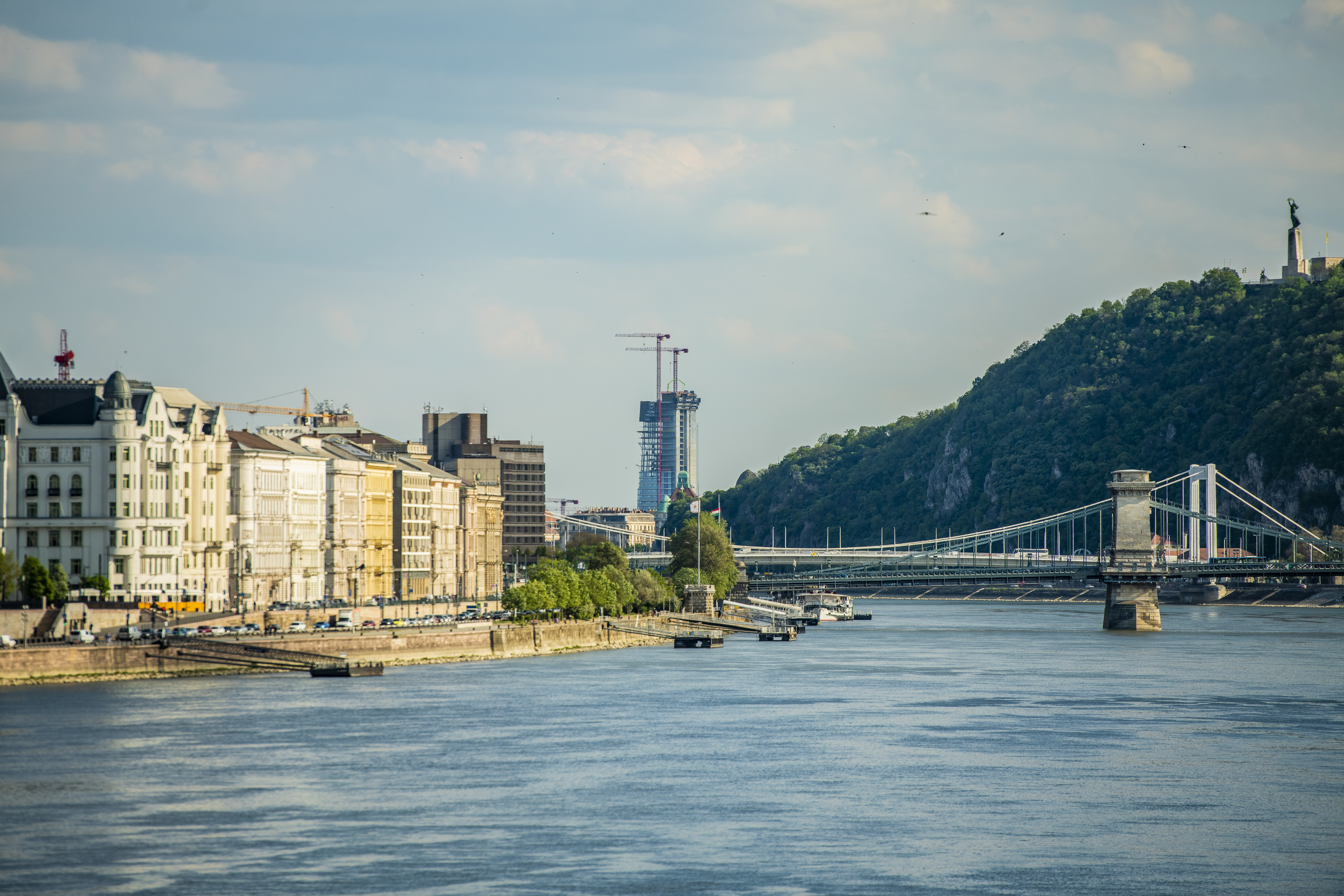Developments in the capital in recent years have drastically transformed the cityscape – the revamping of the Castle District and City Park, the MOL skyscraper overlooking Lágymányosi Bay – but this year many more are expected. Change is not always bad and not always destructive, and in Budapest, there will be beneficial projects in the fields of transport and urban green.
The renovation of the Opera House and the Postapalota by
Széll Kálmán tér will finally be completed this year, as well as the new
Ethnographic Museum. Plenty of emphasis will be given to renovating monuments.
Wherever you walk, the city will be full of cranes and scaffolding,
some around completely new constructions, some around restoration work and some around demolition sites.
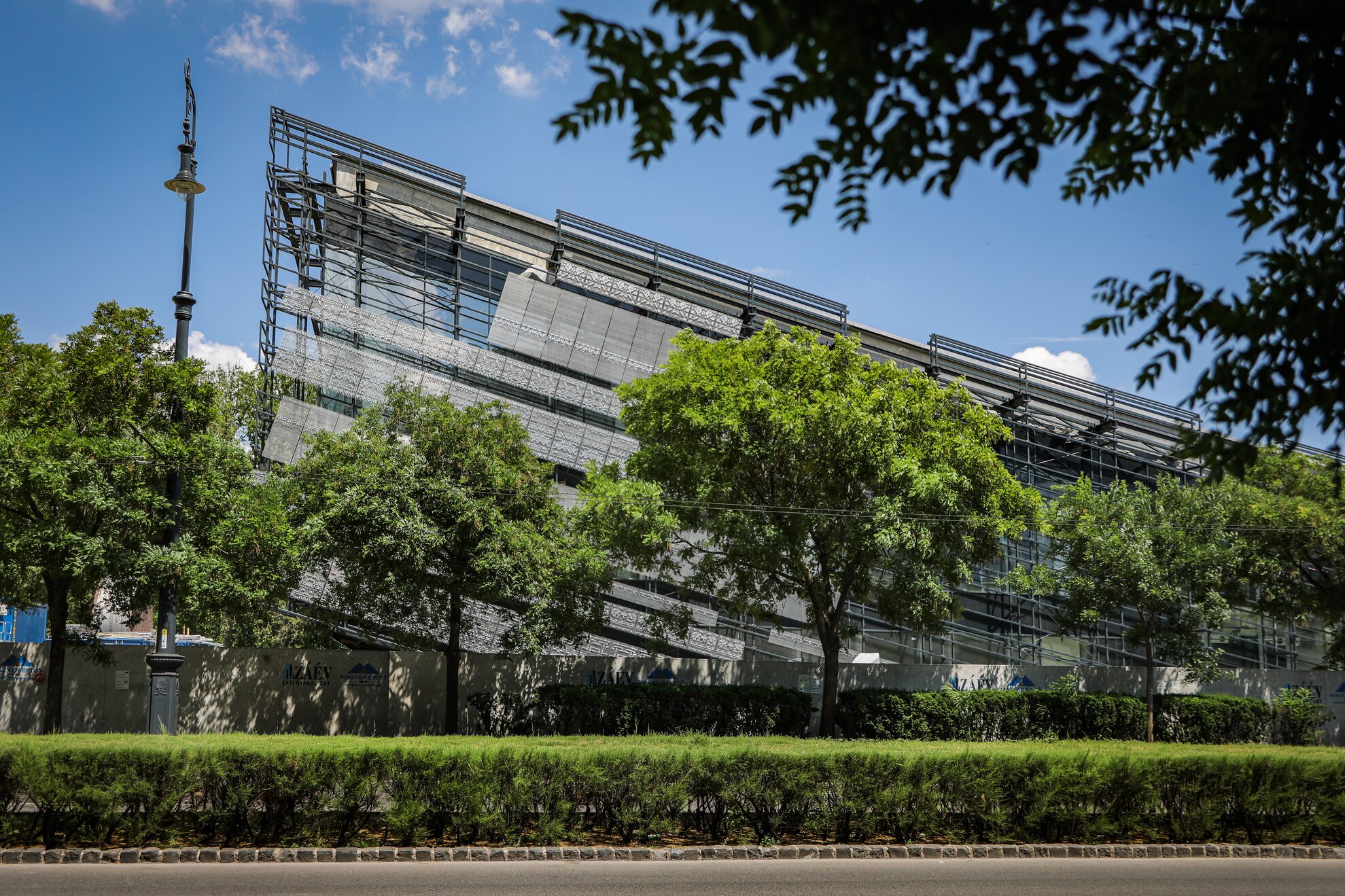
We recently reported on the opening of one of the most anticipated buildings in town, the House of Hungarian Music, while St Stephen’s Hall was finally unveiled as part of the authentic revamp of Buda Castle. With more green space and improvements to the transport infrastructure all due, let’s see how 2022 is shaping up.
City Park & Castle District
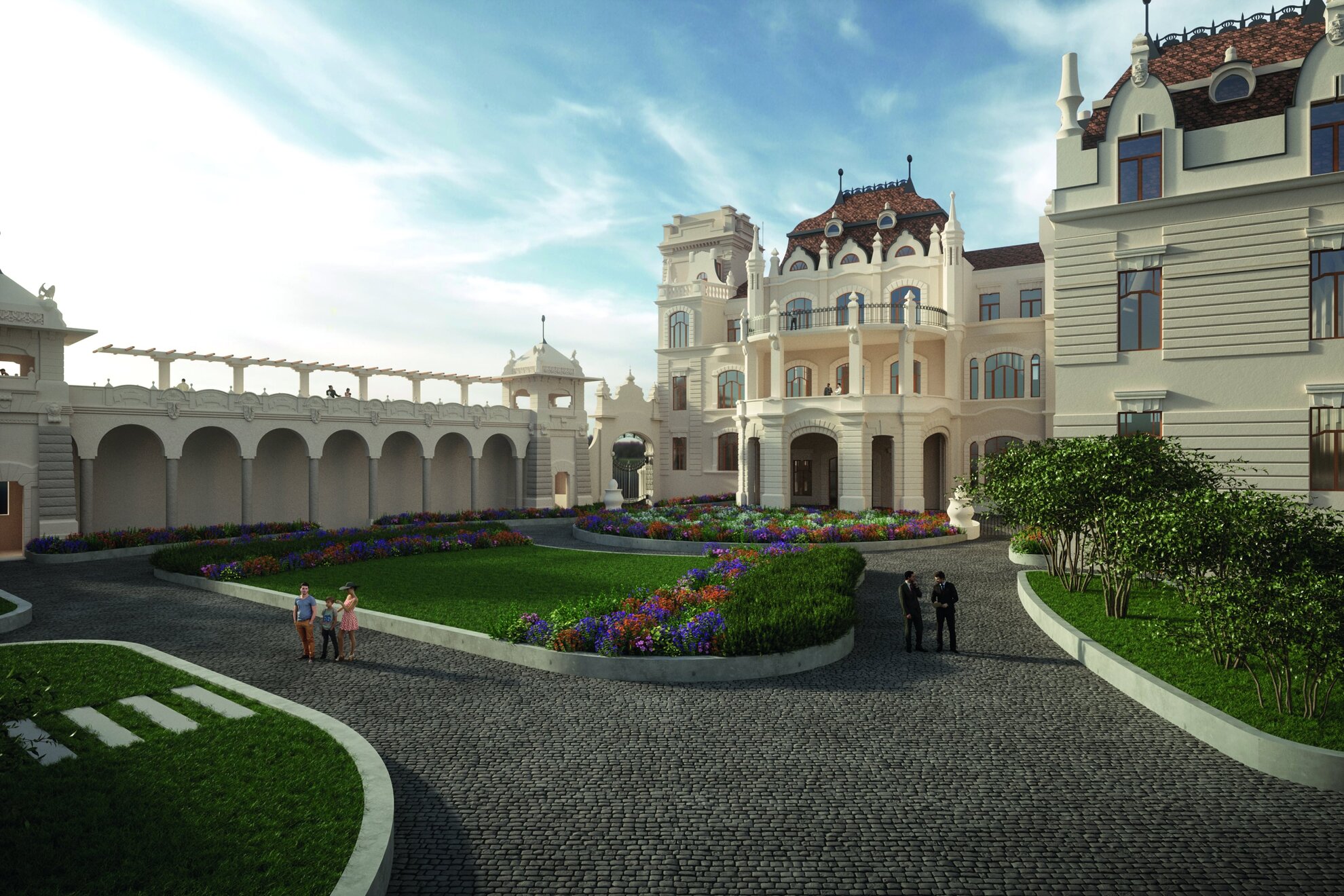
There will not be as many completed buildings this
year as in 2021, but there is a lot of project preparation and construction
work going on. The transformation of City Park is coming to an end, the House
of Hungarian Music will soon be open to the public and in spring the new Ethnographic
Museum will be ready, somewhat resembling a skateboard park.
There’s no news whether
anything will happen with the Biodome, integral to the Liget Project encompassing
the entire redevelopment of City Park – will it be completed or left a semi-finished memento?
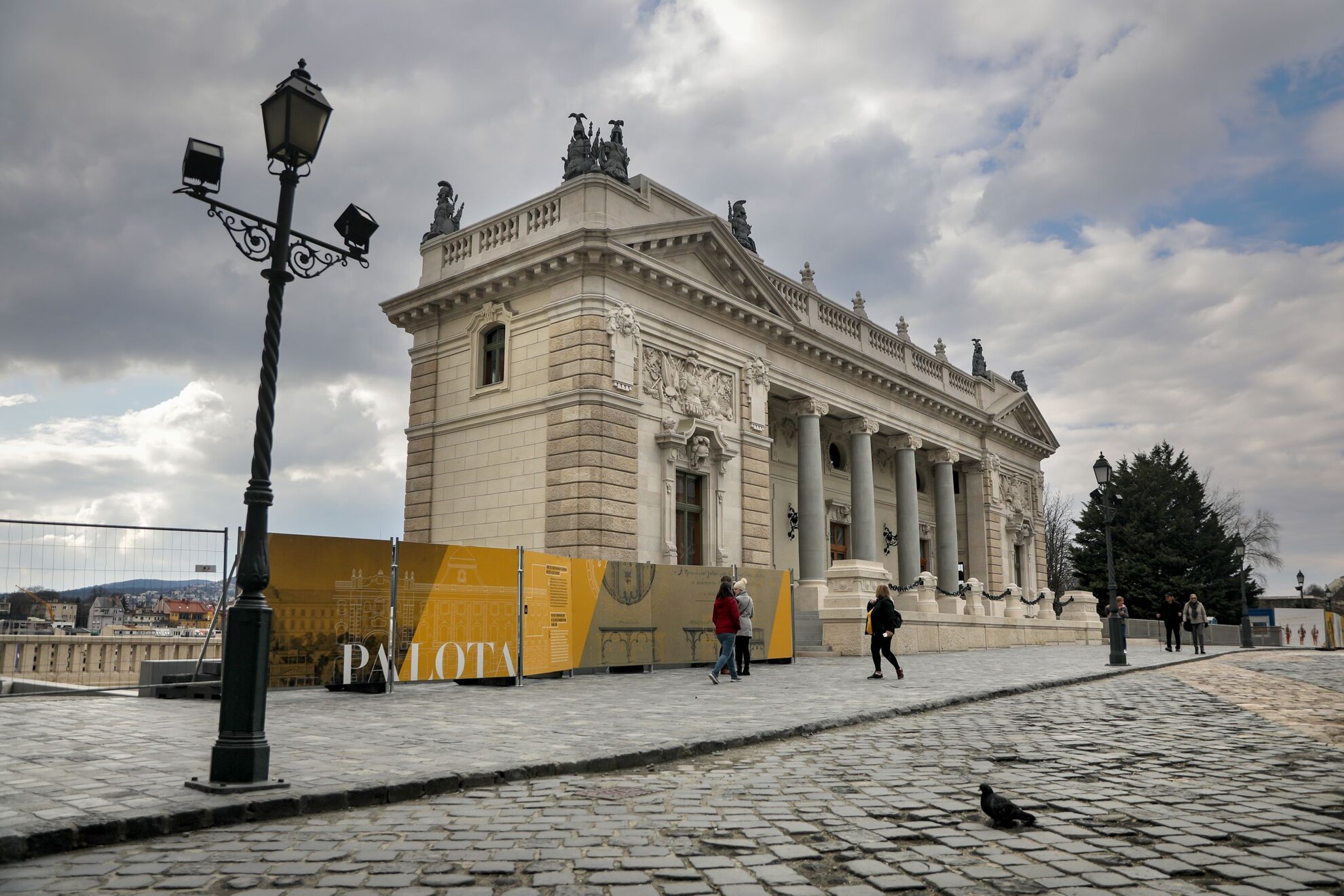
The reconstruction of the historical environment of Buda Castle will continue this year, and even another small detail has been completed: the ramp connecting the Csikós Courtyard with the Hunyadi Courtyard, allowing you to reach the level of Buda Palace easily.
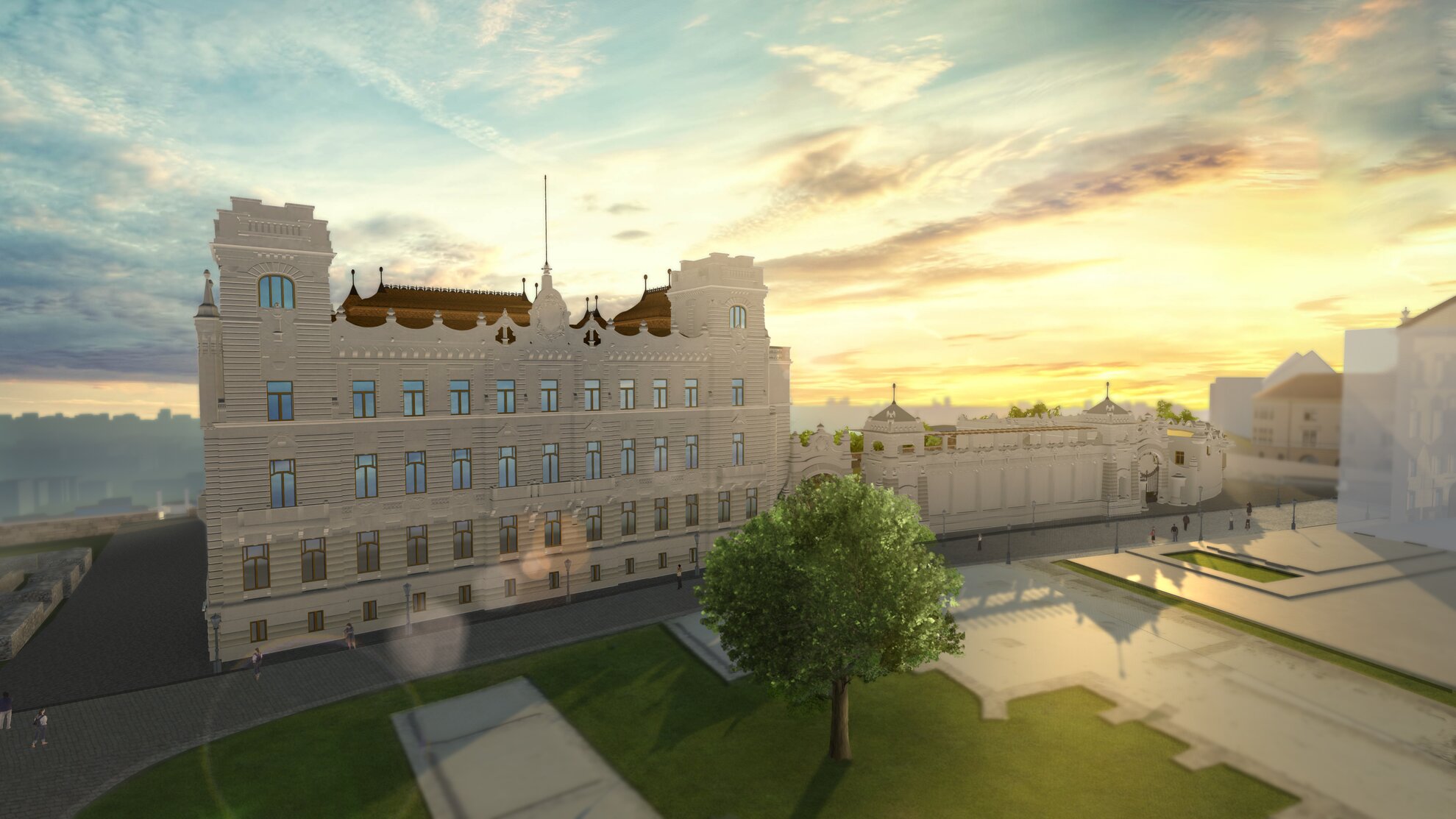
The reconstruction of the former headquarters of the Red Cross Society and Archduke Joseph’s Palace, as well as the accompanying Neo-Renaissance stables and palace gardens, are underway. The renovation of the Pasha Karakas Tower on the north-western corner of the palace fortifications will be completed in the spring, as will the Fehérvár rondella.
Work is also underway on two buildings on nearby Szentháromság
tér, although this are not part of the wide-ranging National Hauszmann Programme to restore Buda Castle to its late 19th-century glory.
Restoration
is afoot to restore the Ministry of Finance to its original
condition and a conference centre to replace the Burg Hotel, also known as the
Diplomatic House, will begin this year. Recent visual designs reveal that the
pre-war model is being adhered to.
Listed buildings
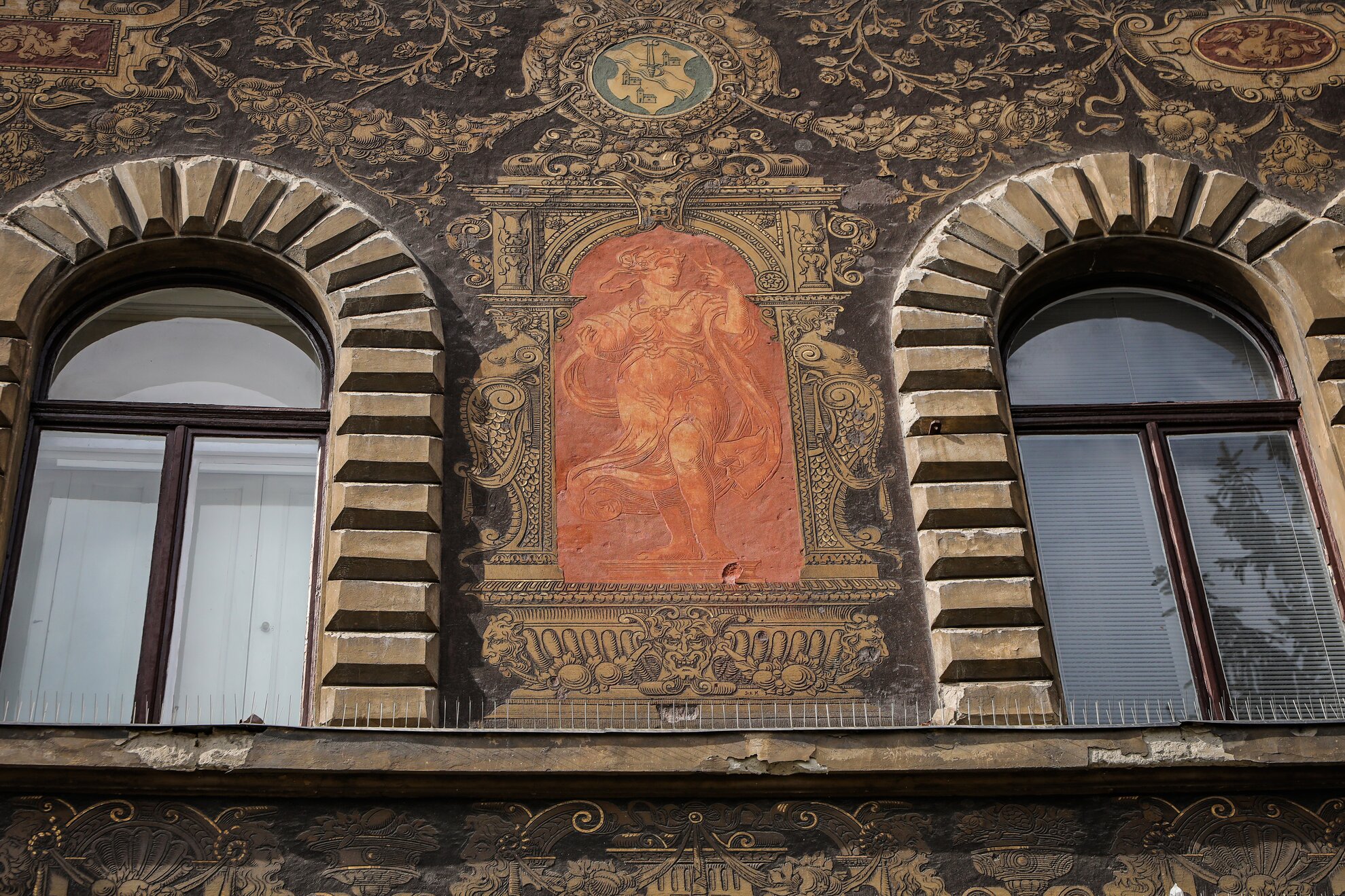
This year, several long-term monument renovations will be coming to an end, and some will be starting up. The Museum of Finance will open on 15 March in the Postapalota, which rises above Széll Kálmán tér, its renovated façade visible for a year now. There will also be a lookout point in the tower, so you will be able to see the city from a new angle.
This spring, the five-year renovation of the Opera House will finally be completed. The reconstruction of the Neo-Renaissance building originally designed by Miklós Ybl was based on the plans drawn up by ZDA-Zoboki Architects. The interior has been modernised, the stage machinery renewed, the façade cleaned and the roof recovered.
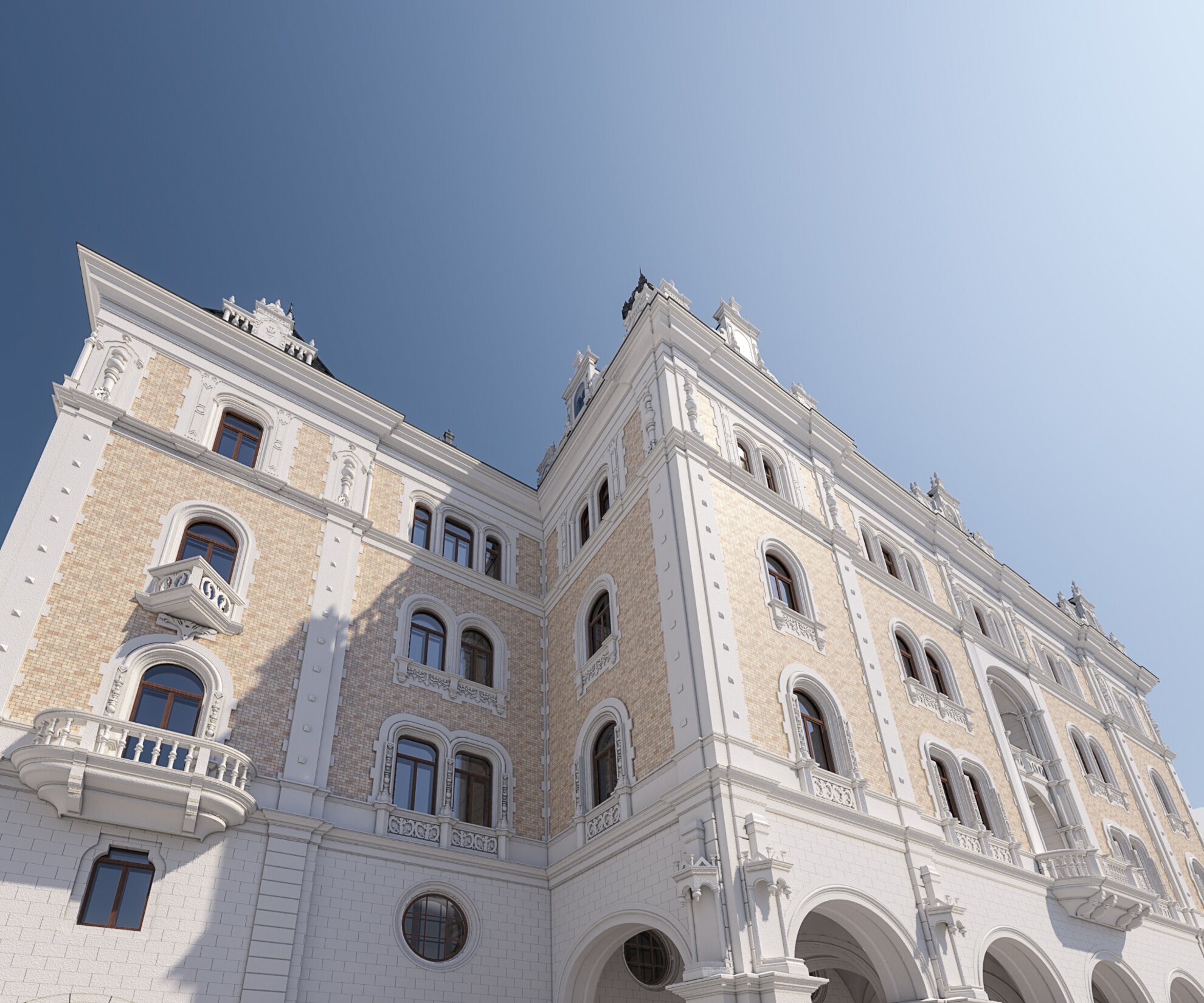
Opposite the Opera, the Drechsler Palace has been behind scaffolding for a year now, and it is very likely that renovation and conversion work will be completed this spring, when the former Ballet Institute will be revived as a luxury hotel. Yet another will open on showcase Andrássy út, the Haggenmacher Palace, once home to a branch of the Ervin Szabó Library. It will now comprise 121 guest rooms.
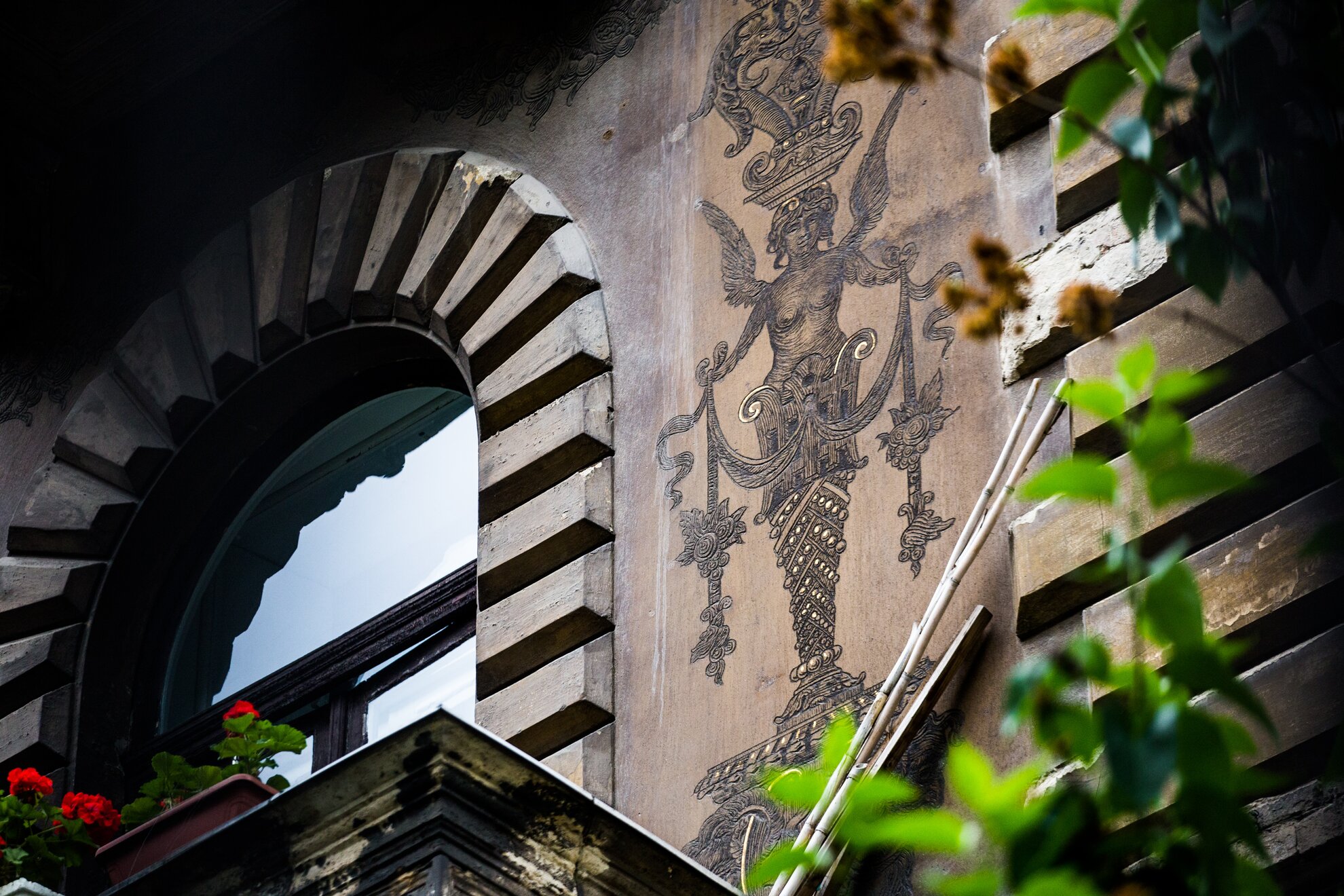
It looks very likely that this year, Kodály körönd, a rond-point halfway between Oktogon and Heroes’ Square, will regain the symmetrical image that was originally planned for it, with all four buildings sporting four towers. The renovation of the French Neo-Renaissance Hübner Courtyard will be completed by the end of 2022, during which time the two lost towers will be rebuilt, and the beautiful, sgraffito façade of the 140-year-old MÁV apartment building by Bertalan Székely will be restored.
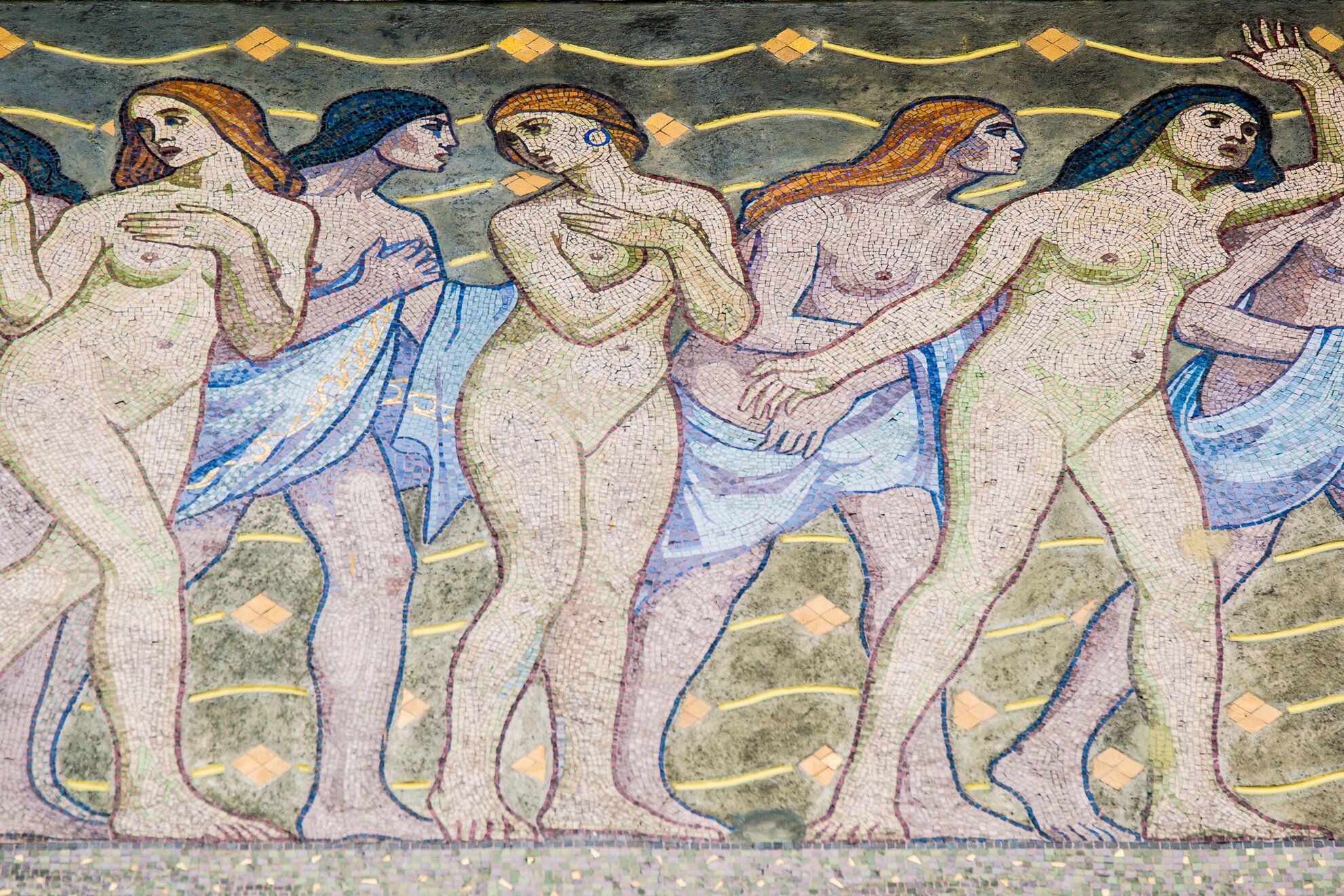
You don't have to go far to see further examples of recently renovated classic architecture, such as the Szinyei Merse Pál School designed by Ármin Hegedűs, and beautiful Art-Nouveau villas on Bajza utca.
Elsewhere, the Róheim Villa on Hermina út, where Hungarian Prime Minister István Tisza was assassinated, and the Art-Nouveau Balás Sipeki Villa designed by master architect Ödön Lechner, will both be completed. The outstanding, listed Steindl Villa has been empty for years and is in a life-threatening condition in Jókai Garden on Svábhegy, but fortunately its restoration will begin this year. It will become a historical monument, as well as serving other ecotourism functions.
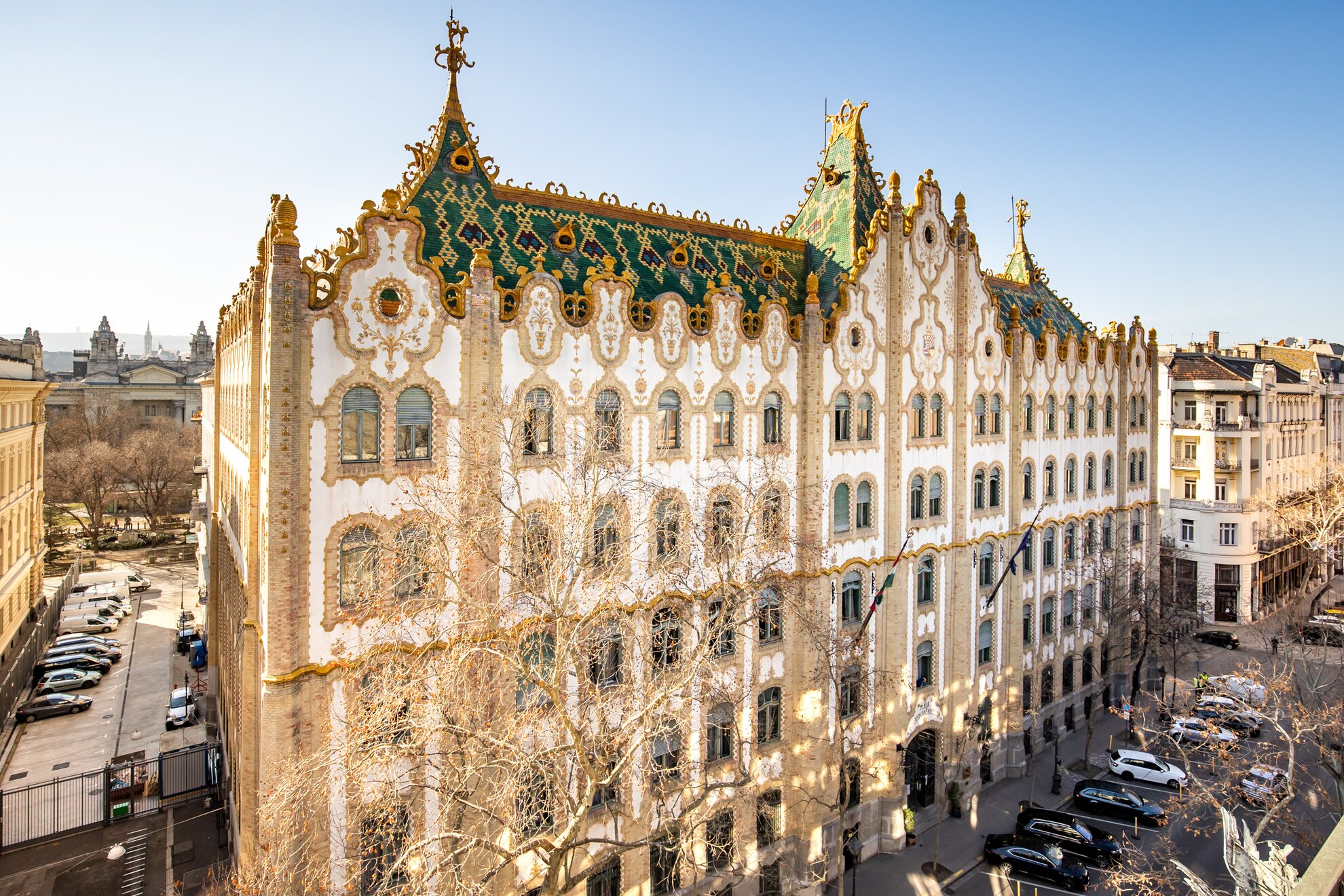
The renovation of the former Institute of Physiology
in the Trefort Garden of the Eötvös Loránd University, Building E, will also begin,
for which a new lecture hall and roof terrace will be
created. The former glass hall of the Postal Savings Bank, an Art-Nouveau
landmark in the city centre, is expected to be rebuilt by December,
The
renovation of the Gellért Hotel will commence and the spa will close this
summer. Renovation of the Corvin Department Store will continue, its
original façade to be unveiled this year, so you will soon be able to see winged female
figures and Hermes heads on busy Blaha Lujza tér.
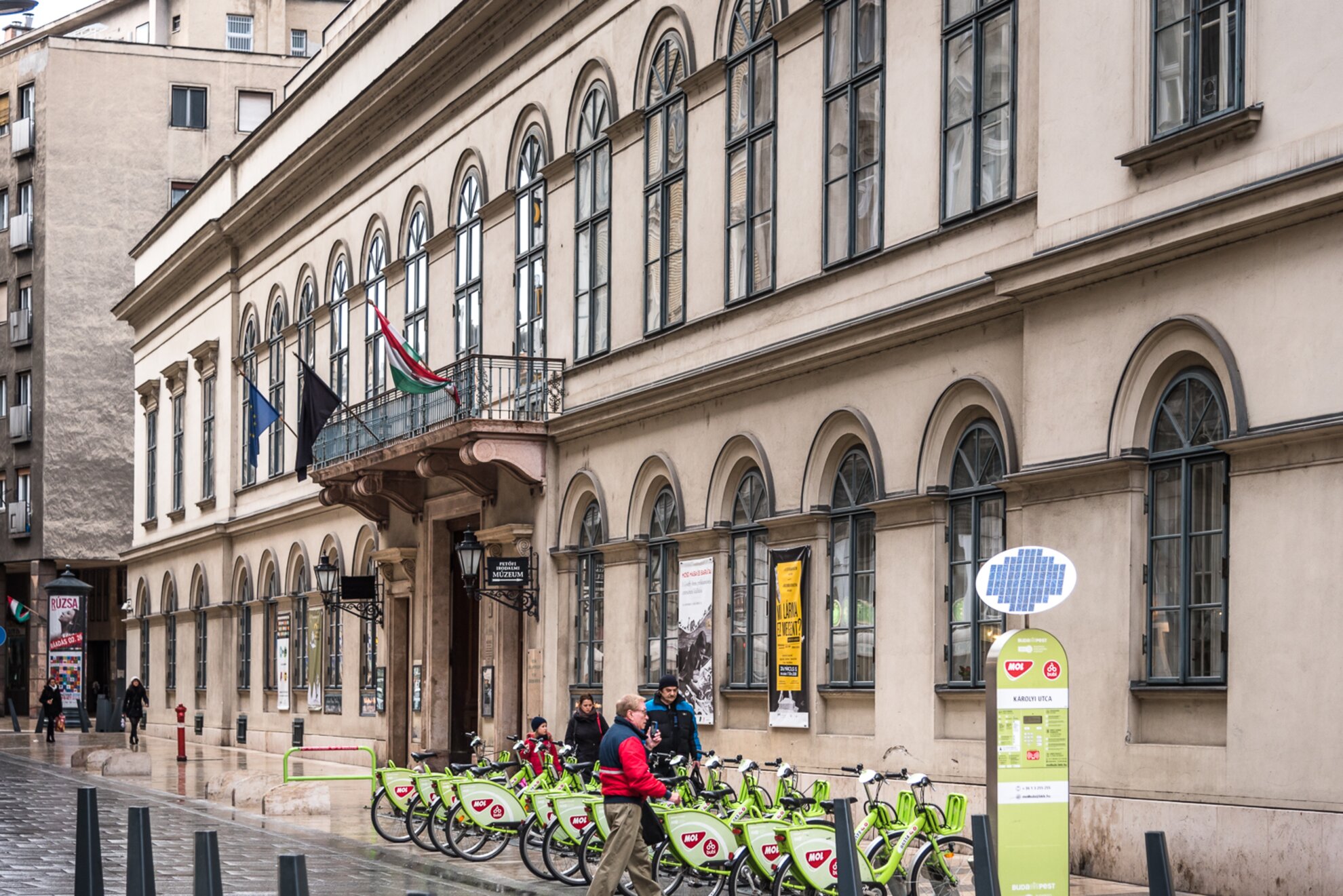
Created by the design team at KÖZTI, the headquarters
and library of the Hungarian Academy of Sciences will be renewed, and the
Academy will be made more accessible and familiar to the general public.
This
year, the public spaces of the Károlyi Palace, specifically the Petőfi Literary
Museum, will be renewed, and the courtyard of the palace is expected to be
reconnected with Károlyi-kert gardens, a pretty public park near Astoria.
Urban spaces & public transport
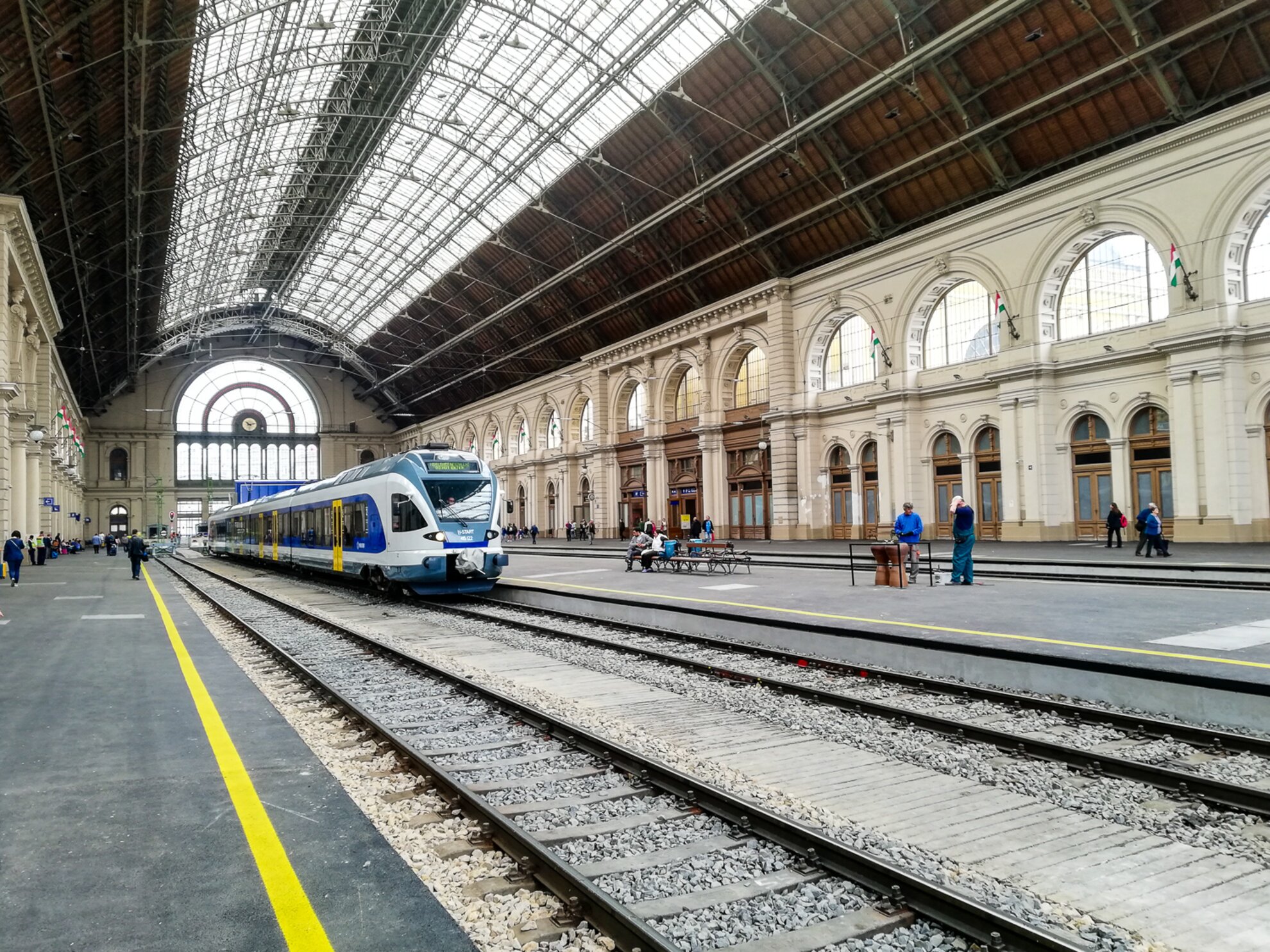
The modernised passenger area at Keleti station will be unveiled this year, and the winners of the tender for the renewal of Nyugati and the station surroundings will also be announced in the spring.
While the refurbishment of metro line 3 won’t be ready
this year, passengers will be able to use the expanded, modernised station at spanking
new Blaha Lujza tér on line 2.
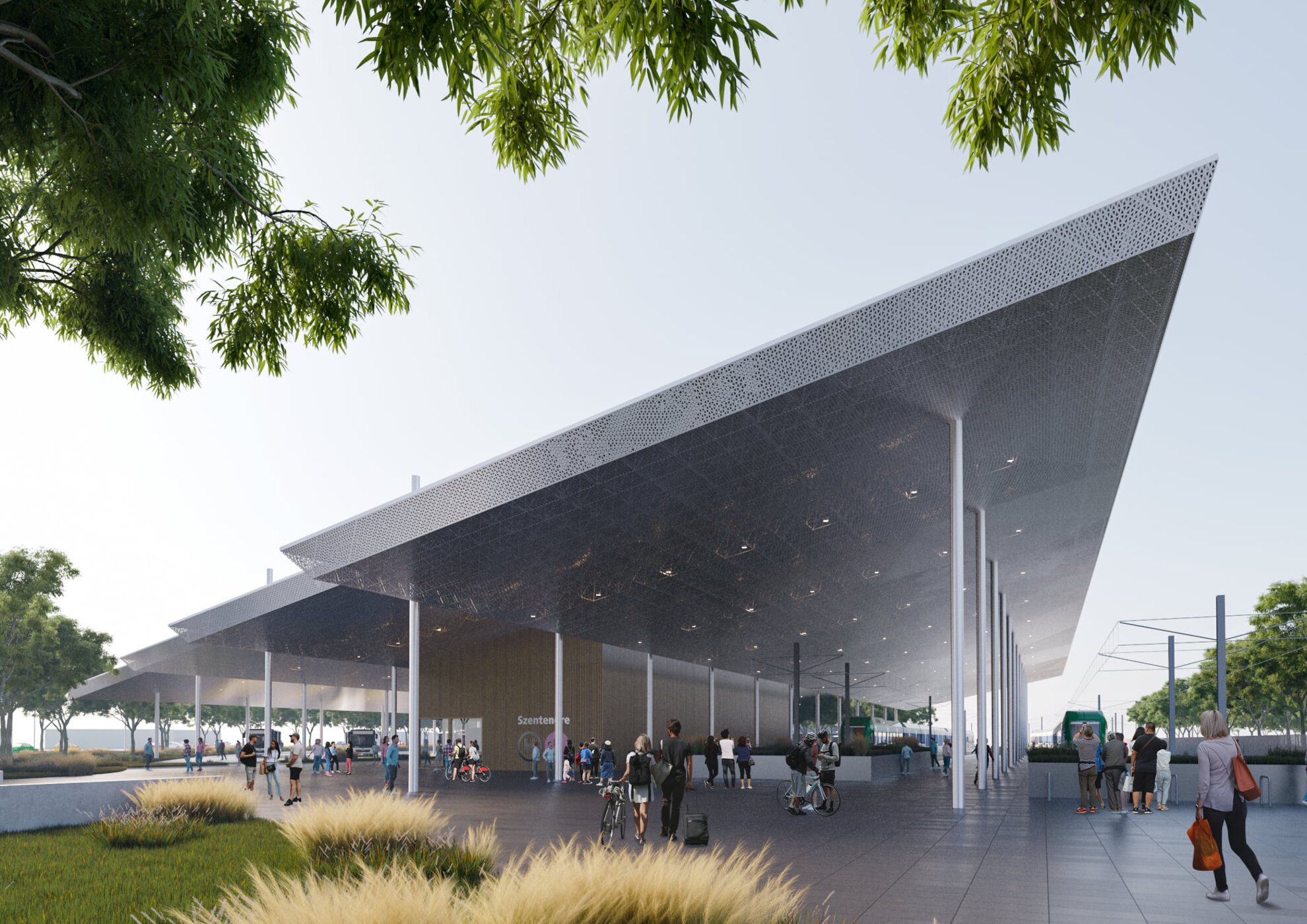
The construction of the new HÉV terminal at Szentendre will begin, which will be also be new urban hub with improved transport connections and plenty of green. At the new terminus, you can transfer onto the bus network beneath an arched roof, protected from the rain.
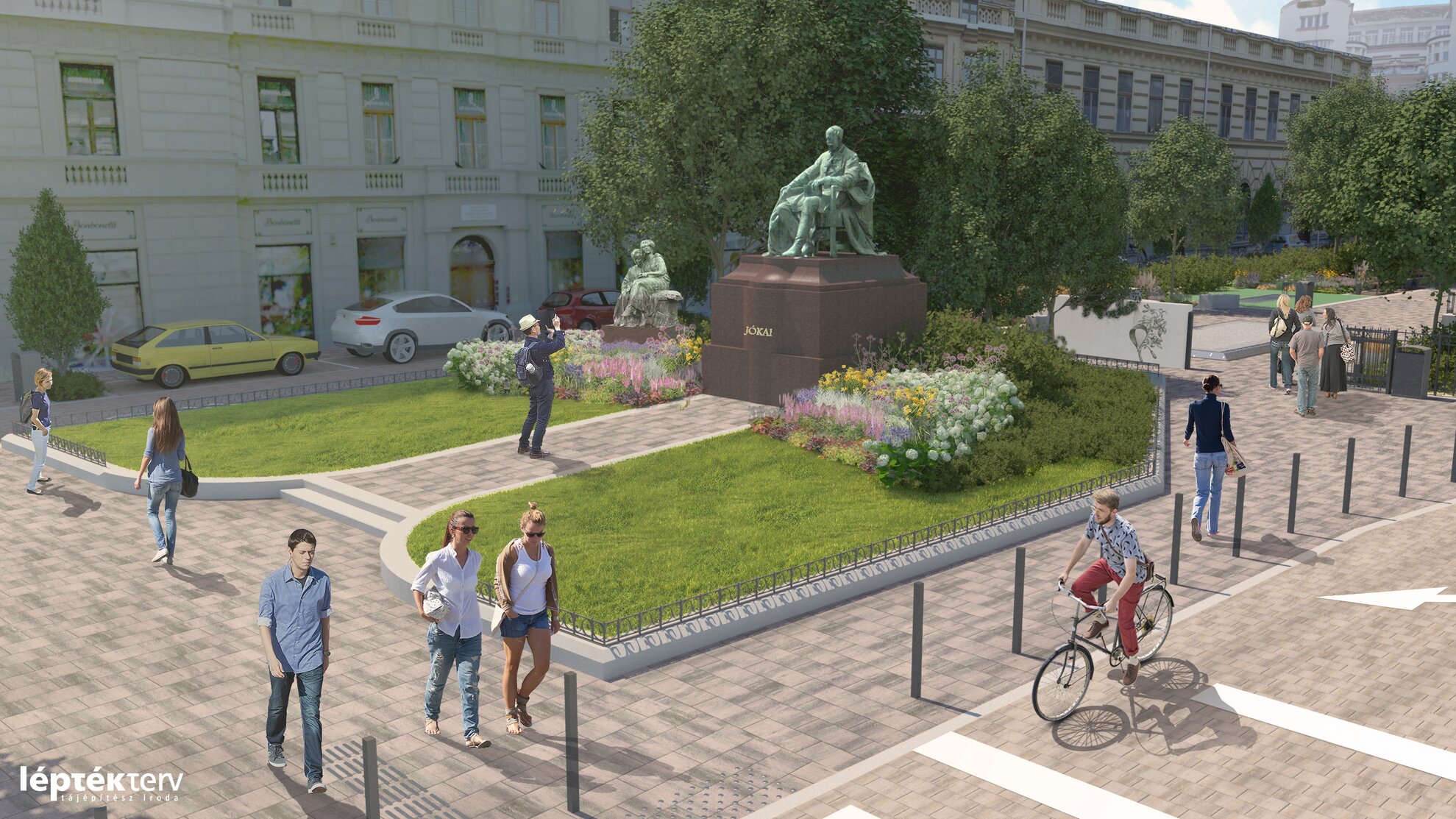
Jókai tér near Oktogon will be revived this summer as
a retreat for Hungarian literature, with short quotations placed in
the middle of the square and at the bottom of a shallow pool, each related to
an author of surrounding District VI.
The development of the lower Pest embankment
will continue apace, as
will the renovation of Chain Bridge, expected to be in service again by
December.
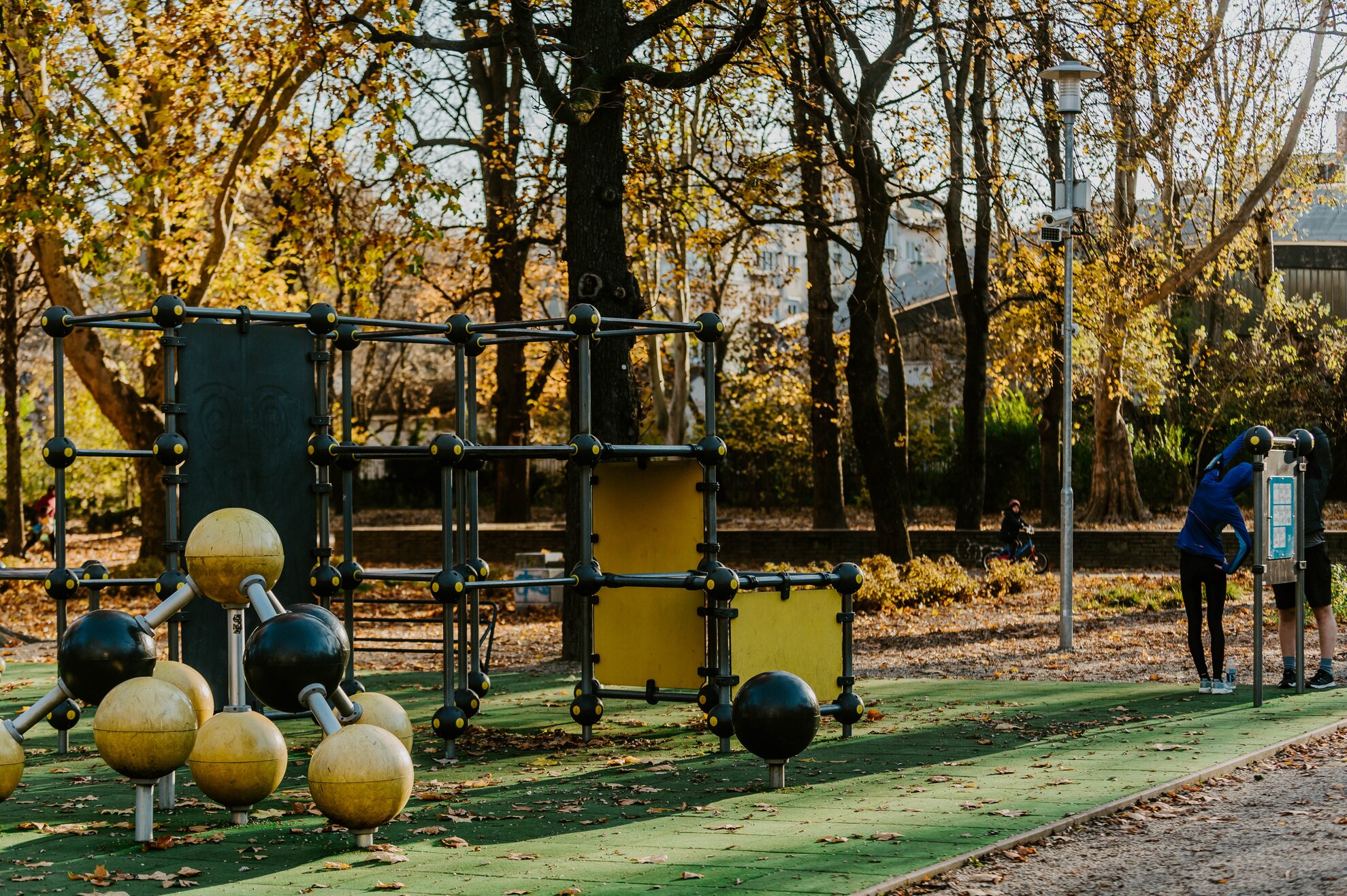
The green approach taken since the first wave of the pandemic
remains. The oldest public park in Buda will be renewed, the green area of
Városmajor will be expanded, a new water feature created and the playground modernised,
along with a running track and dog course.
A 150,000-square-metre sports ground will be established in Pillangó Park in Zugló, and Pünkösdfürdő Park in Óbuda
will soon be completed as part of an overarching green initiative. Although it won’t
be ready until spring, the lawn has already been planted with trees, shrubs and
perennials.
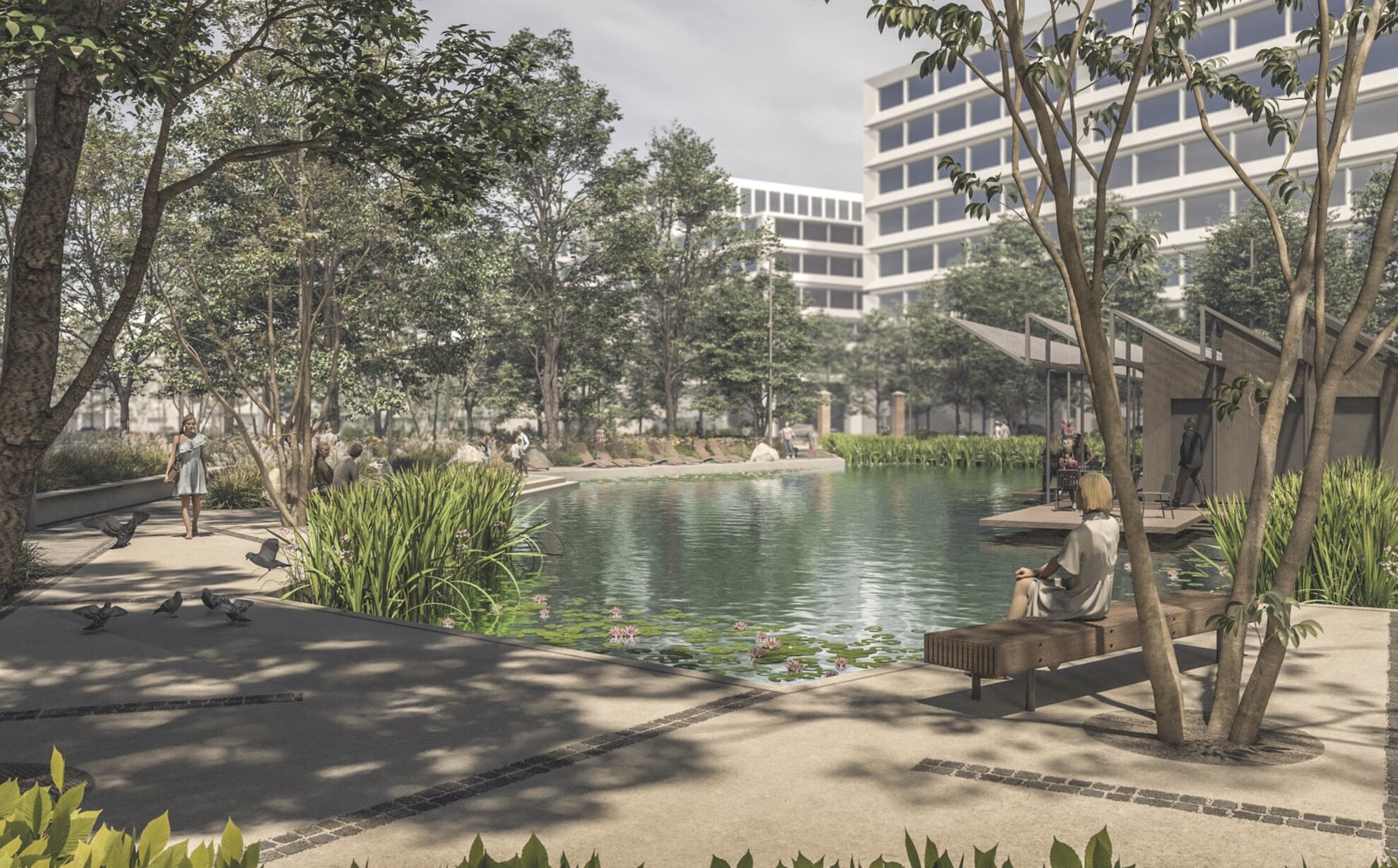
The renovation of Városháza Park, the cobbled urban square by City Hall, will also start this year, with 8,000 square metres of green space created, and Millenáris Park in Buda will also be revamped. Vizafogó Park in District XIII will be unveiled in January, with an artificial lake and benches around it, an eco-park in which natural surface formation, climate protection and sustainability each play a major role.
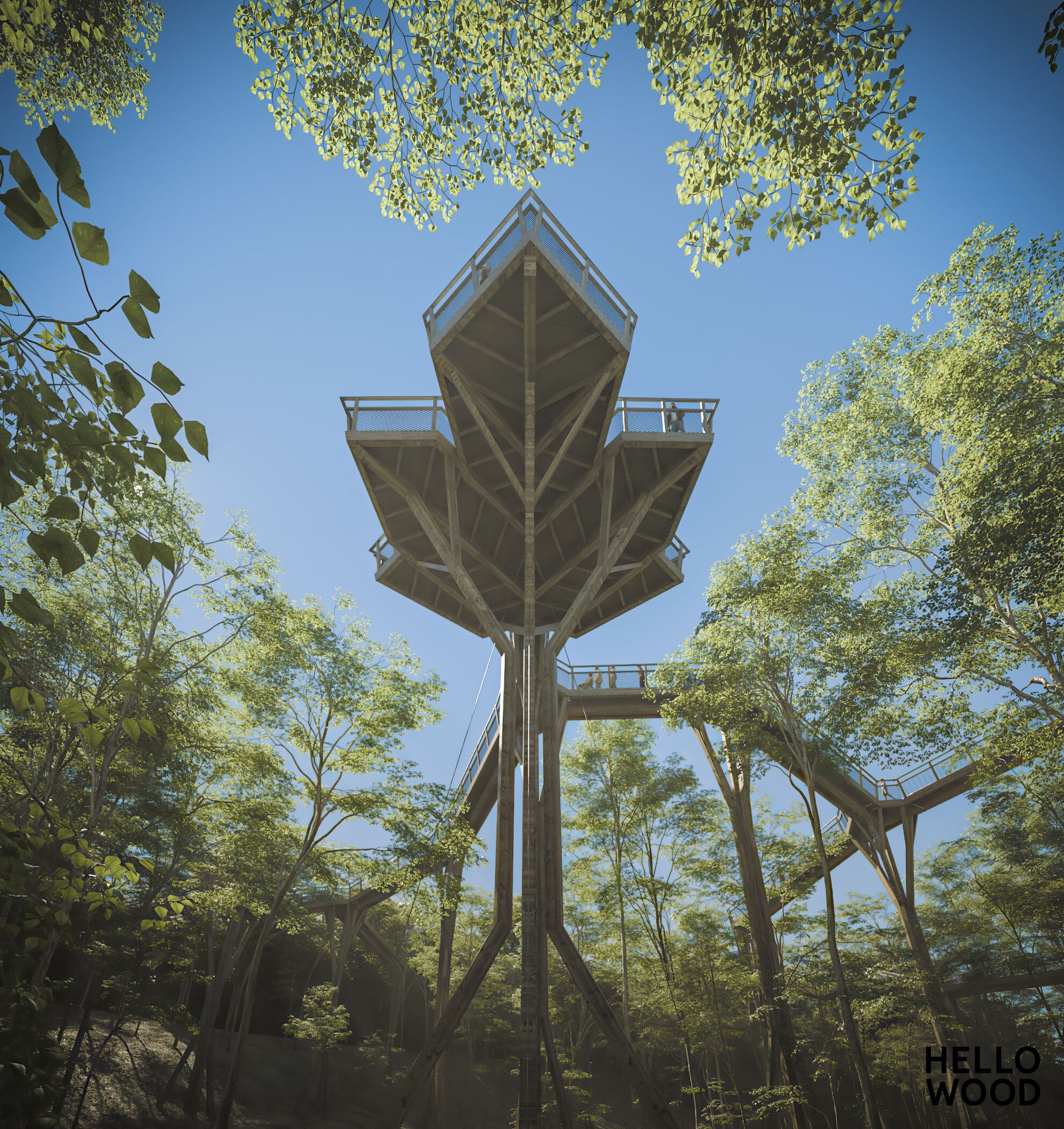
Two significant changes are now taking place in
Normafa in the Buda hills. First comes the construction of the canopy promenade
around the former Sport Hotel, previously closed to the public. Conservation education
is the focus of this nature trail, along which children can learn about the environment.
Popular picnic spot Anna-rét, an expanse
of green between Normafa and the upper station of the Chairlift, will welcome a
small chapel. Replacing the small one currently hidden among the trees, this new
place of worship will be suitable for outdoor Mass.
Táncsics Park in Békásmegyer will also be completed by the spring, the development in line with the urban rehabilitation plan of this district halfway between Budapest and Szentendre. The park planted with 400 trees and equipped with a new playground should significantly improve the life of local residents.
Further developments
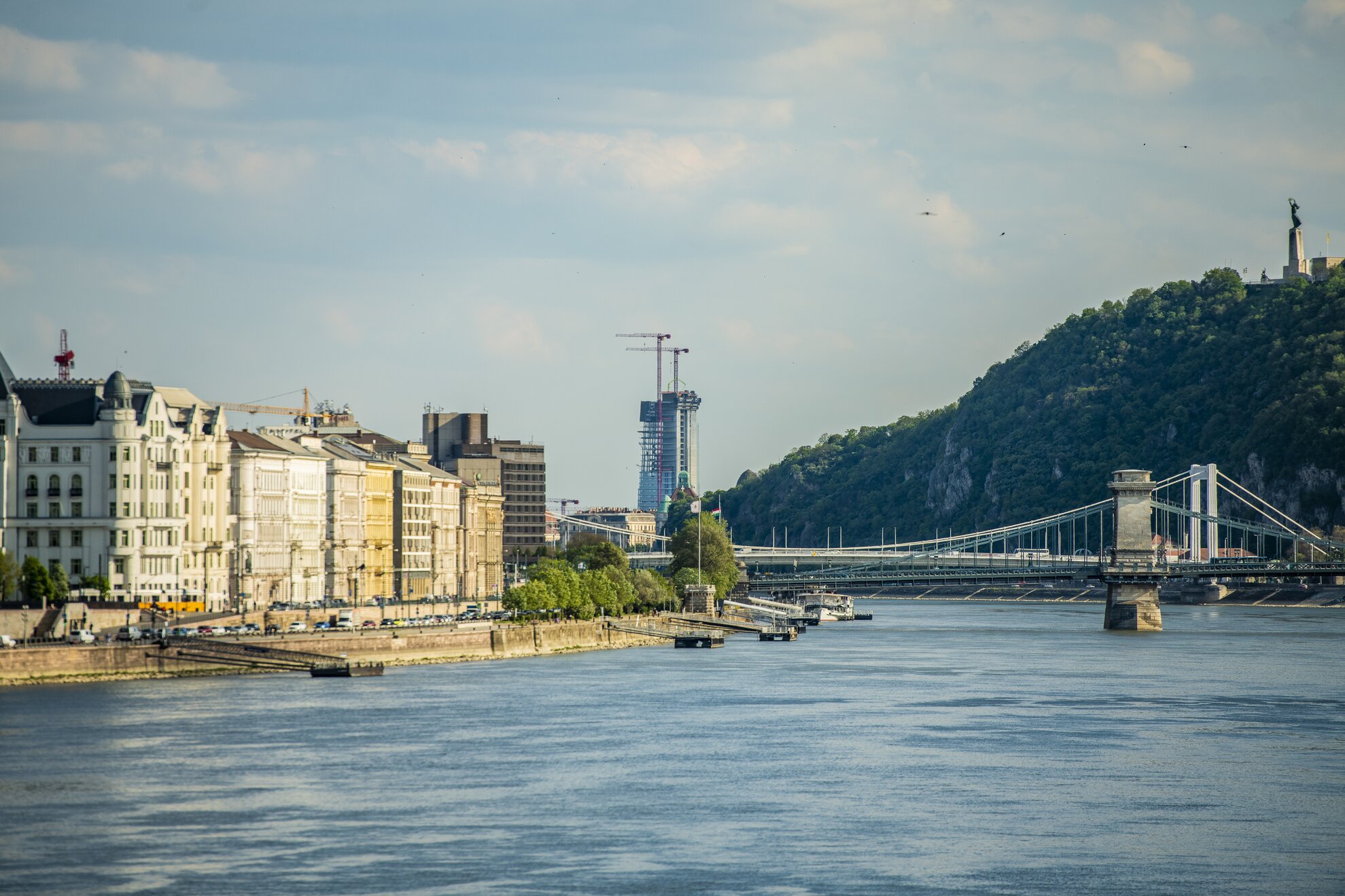
Cranes also tower over Lágymányosi Bay, where the so-called BudaPart district is being built and where, in addition to the two-storey office and residential buildings, the skyscraper of MOL Campus is also being built. The 120 – actually probably nearer 138 – metre-high tower is expected to occupy the equivalent of 12 football pitches. Work begins in autumn.
The ruined tower of the Kútvölgyi Hospital will finally be renewed: the renovation of the complete façade and modernisation of its energy system will be completed by spring. In District VIII, the design of the Semmelweis University Health & Biotechnology Science Park has begun, for it to be a centre of research that can also be quickly used for everyday patient care.
Among the many plans for this year, parks and the rustbelt are in focus, such as the Láng Machine Factory in District XIII.
